It's not an overstatement to call the intensifier pump the heart of a water jet cutting system. Just like the human heart pumps blood to keep the body operating at peak performance, the intensifier pump powers the water or water/abrasive mix your water jet cutting system needs to deliver the high-precision cuts the systems are known for. Of course, this analogy only goes so far, as the intensifier pump operates at exponentially higher pressures than the human heart.
There are two fundamental parts to any water jet intensifier pump specification: pump pressure and pump horsepower. How they are combined with different system configurations determines the cutting capabilities of your water jet for processing a specific stock material.
So, what are the differences between these two pump characteristics? Do I need both, and if yes, how much of each? Is there an optimal ratio? How does my system configuration, material being cut, and cut complexity influence each? What results do I get with a focus on higher horsepower? All good questions; now let's explore the answers.
How Do Pump Pressure and Pump Horsepower Differ?
The cutting pressure at the cutting head provides the power needed to complete the cut, whether using water only or an abrasive mix. So, you can say that water pressure at the cutting head determines how fast you can cut and the quality of the finished cut surfaces. The final pressure at the cutting point depends on the pressure supplied by the intensifier pump and the orifice/nozzle diameter.
Most U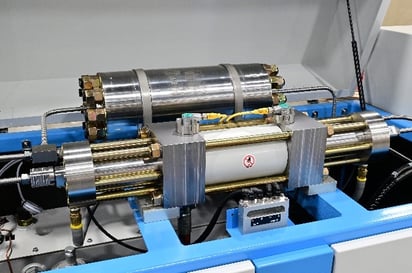 ltra High Pressure Intensifier Pumps operate at a pressure of 60,000 PSI (pounds per square inch). These pumps send this highly pressurized stream to the cutting head, where the orifice and nozzle diameter combination modify the pressure to match the cut parameters and stock material. The higher the pump pressure, the smaller the orifice and nozzle diameters. Conversely, the lower the pump pressure, the larger the diameters. If you've ever held your thumb over the end of a garden hose to create a more powerful stream of water, you've replicated the process.
ltra High Pressure Intensifier Pumps operate at a pressure of 60,000 PSI (pounds per square inch). These pumps send this highly pressurized stream to the cutting head, where the orifice and nozzle diameter combination modify the pressure to match the cut parameters and stock material. The higher the pump pressure, the smaller the orifice and nozzle diameters. Conversely, the lower the pump pressure, the larger the diameters. If you've ever held your thumb over the end of a garden hose to create a more powerful stream of water, you've replicated the process.
The water jet intensifier pump's horsepower (hp) rating determines the total volume of water, or the "flow rate" the pump can deliver to the cutting process. Higher pump horsepower creates higher flow rates and, consequently, moves larger volumes of water. Lower pressure allows you to increase the diameters of the orifice/nozzle combination and introduce more water and abrasive at the cutting head.
Benefits of higher horsepower intensifier pumps include:
- Improved cutting of thick stock materials
- Ability to power multiple cutting heads with one pump
- Powering multiple water jet cutting tables with a single intensifier pump
Systems with smaller horsepower ratings, i.e., those rated at 75hp and below, use a single intensifier. Higher horsepower systems of 100 hp and higher, often called Dual Intensifier Water jet Pumps, utilize two intensifiers to generate higher water volumes.
How Do I Specify my Intensifier Pumps' Pressure and Horsepower Ratings?
We'll tackle intensifier pump pressure first, going over some industry perspectives. Water jet cutting tools generally cut using pumps generating pressure ratings of 60,000 – 87,000 psi. As mentioned, higher pressures allow you to use smaller orifice and nozzle diameters. At lower pressures, you can use larger diameters for both.
Some equipment manufacturers advocate always using the highest pump pressure. You can use less garnet when doing abrasive cuts with higher pressure, saving money on your garnet costs. However, our experience shows this practice increases maintenance expenses and leads to increased downtime. These maintenance and downtime expenses can quickly negate any abrasive cost-saving benefits.
The best practice when determining intensifier pump pressure begins with an engineering analysis of the type of stock you're cutting. Begin with 60k psi and match an orifice/nozzle diameter for the first test cut. Vary pressures and nozzle/orifice combinations until you find the optimal combination of production speed, garnet consumption and cut quality. We're happy to provide such an engineering analysis; contact us to get started.
Pump Horsepower
This brings us to pump horsepower considerations. Again, proven best practices make determining the correct horsepower rating a bit easier than selecting the best pressure. The following table summarizes the ratings for several water jet cutting situations:
|
Stock Material |
Cutting heads |
Pressure Rating |
Recommended HP |
Intensifiers |
|
Standard |
Single |
60k – 87k psi |
50 |
Single |
|
Thick |
Single |
60k – 87k psi |
100 |
Dual |
|
Both |
Multiple |
60k – 87k psi |
100-150 |
Dual |
Flow Rate
Next, let's talk about flow rate considerations. Flow rate is the volume of water stated in GPM (gallons per minute) the intensifier pump can deliver at the rated pressure as stated in PSI (60k-87k). Lower horsepower pumps have lesser flow rates and are best paired with single head cutting applications.
The higher flow rate provided by higher horsepower pumps is necessary when delivering water to multiple cutting heads, each with the orifice/nozzle diameter optimized for the material being cut. They are also required when running multiple cutting tables or certain specialty cleaning applications that need higher water flow.
|
Pump Pressure |
Motor Horsepower |
Intensifiers |
Flow Rates |
Max Orifice |
|
60,000 psi/4,100 bar |
30 hp/22 kw |
Single |
0.6 gpm/2.3 lpm |
0.012 in/0.30 mm |
|
60,000 psi/4,100 bar |
50 hp/37 kw |
Single |
1.0 gpm/3.7 lpm |
0.015 in/0.38 mm |
|
60,000 psi/4,100 bar |
75 hp/56 kw |
Single |
1.5 gpm/5.7 lpm |
0.018 in/0.46 mm |
|
60,000 psi/4,100 bar |
100 hp/75 kw |
Dual |
2.0 gpm/7.6 lpm |
0.021 in/0.53 mm |
|
60,000 psi/4,100 bar |
150 hp/112 kw |
Dual |
3.0 gpm/11.4 lpm |
0.025 in/0.64 mm |
|
60,000 psi/4,100 bar |
200 hp/149 kw |
Dual |
4.0 gpm/15.2 lpm |
0.028 in/0.71 mm |
How Can Jet Edge Help with Your Intensifier Pump Pressure and Horsepower Decisions?
Jet Edge has several tools and options at your disposal designed to clarify which pressure and horsepower option(s) are the right fit for your water jet cutting tools.
- Visit our website at JetEdgeWaterjets.com and download our Pump Comparison Chart. This chart takes a deeper dive into the capabilities and applications of several different pumps.
- Please read our blog on nozzle orifice combinations to learn more about selecting the optimum diameters for your stock material, desired cut speed and quality, and more.
- Perform test cuts using your water jet cutting systems to see firsthand what different combinations of pressure, horsepower, flow rate, and orifice/nozzle diameters produce the fastest cuts and highest quality finishes in the materials you process. We're also happy to perform an engineering analysis on your material and provide recommendations tailored to your needs.
- See examples of how others have configured their systems to optimize precision, speed and productivity by visiting our Water jet Custom Configuration page.
Talk to Us
If you need help looking at your application, spec'ing out a water jet system, optimizing pump pressure and flow rates with a nozzle/orifice combination or help customizing an application, we can help. Our experts will assist you in making sure your Ultra High Pressure Intensifier Water Jet Pump is the right match for your system and production goals! Contact us to get the process rolling or to request Jet Edge product information.
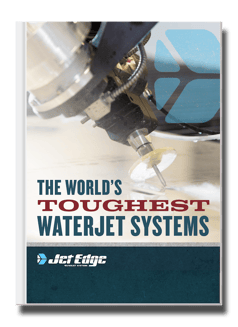
Check Out Our Digital Brochure!
Since 1984, Jet Edge has been designing and manufacturing Ultra-High-Pressure Water jet technology that doesn't back down. Our systems are used around the world in a broad range of industries from the world's leading airlines, to automotive, aerospace and industrial manufacturers, and machine job shops.
To learn more about the Jet Edge difference, our water jet motion systems, pumps and much more, click the button "Download Brochure" to get it now!

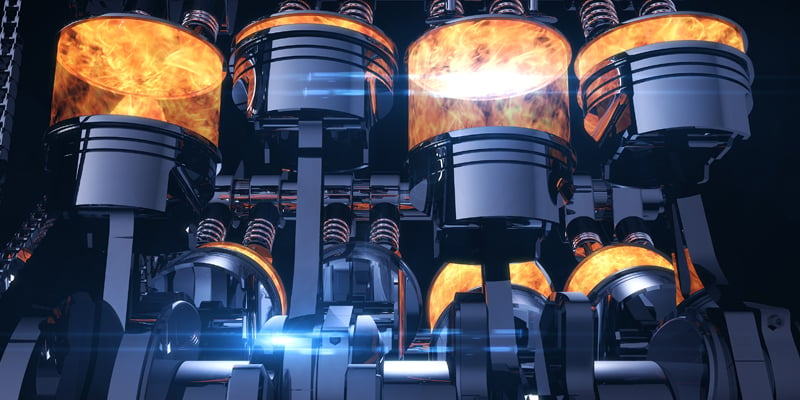

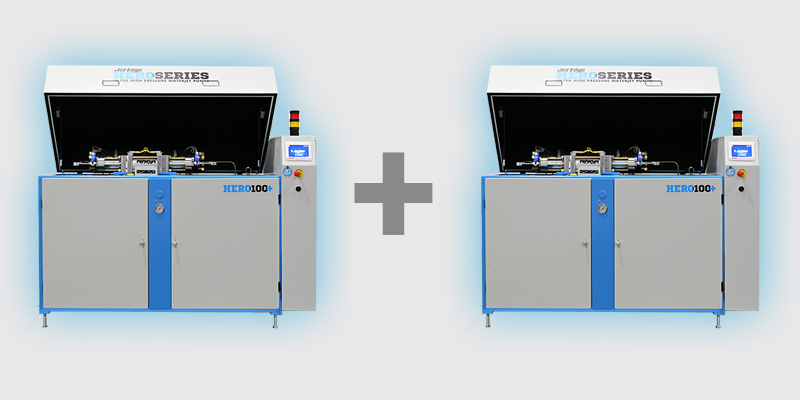

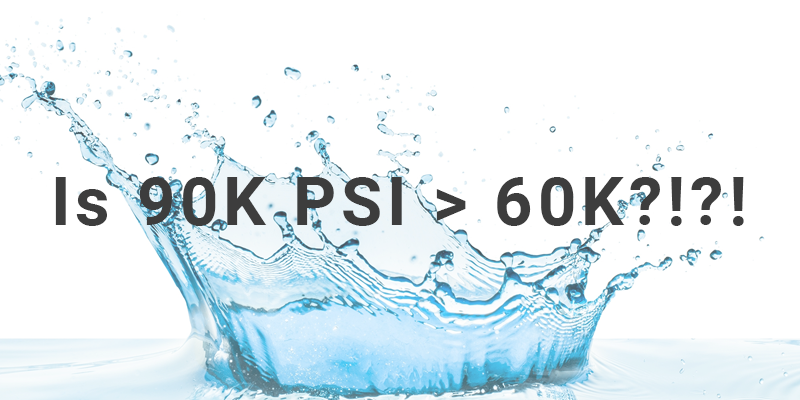
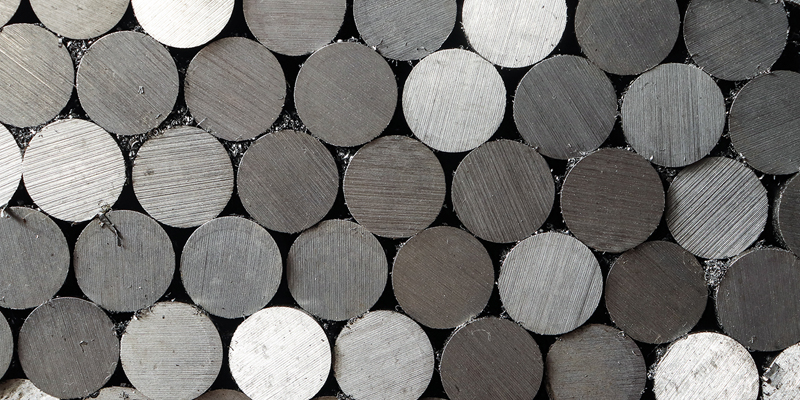
%20-%20Jet%20Edge%20Waterjets.png)



